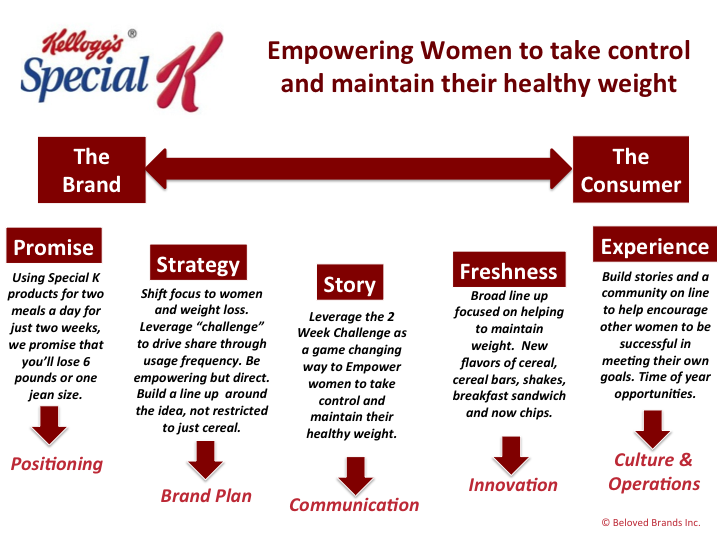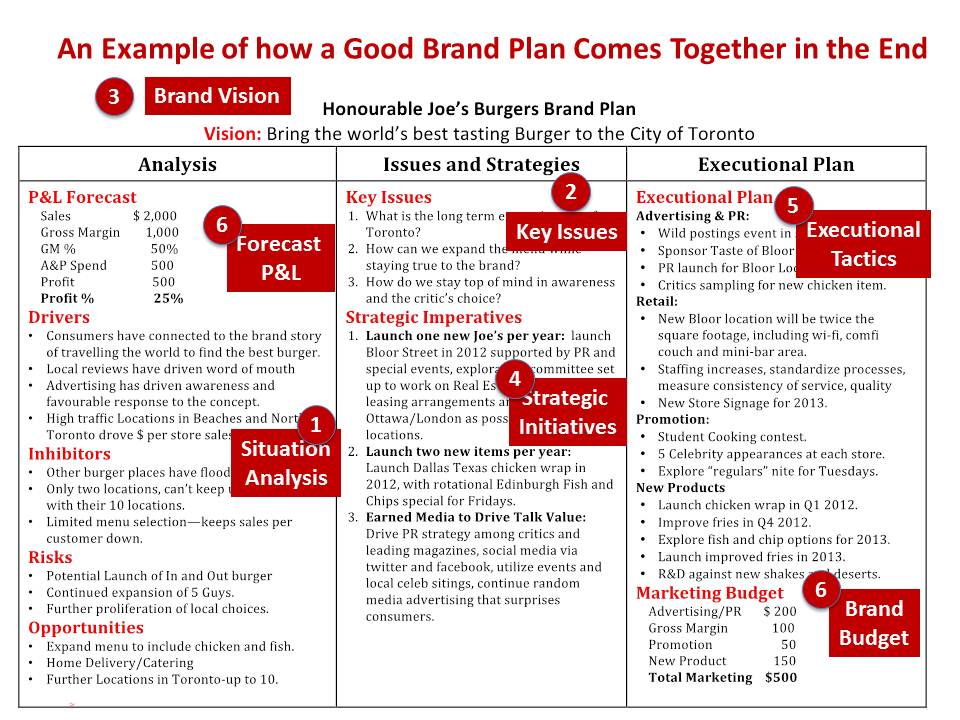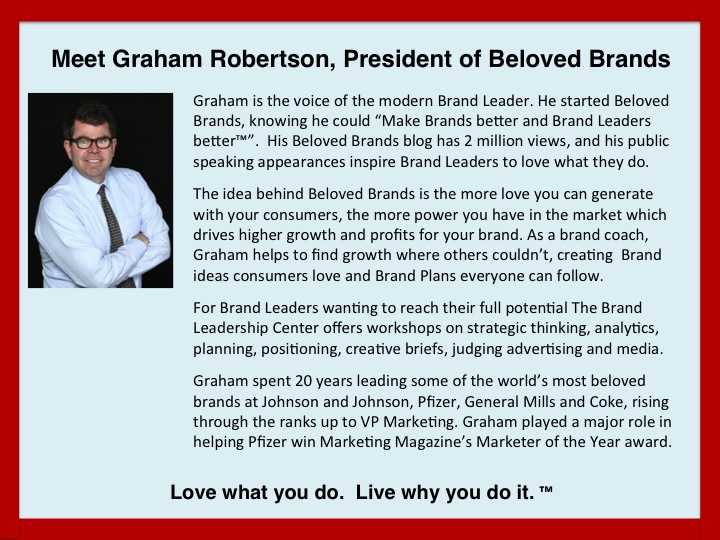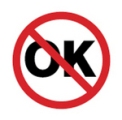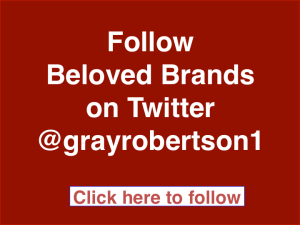 The better the people, the better the work and in the end the better the results.
The better the people, the better the work and in the end the better the results.
As we come up on the year-end, it’s that time of year when we nervously sit down with our bosses and find out how the year went. For most of us, it’s one of the most dreaded parts of the job, for both those delivering and receiving the news. But helping to grow our people is one of the most essential parts of the Leader. No matter how good your strategy or product is, without the greatness of your people you’ll never achieve the results you want. We all have gaps and we should all be working on closing those gaps. Performance Feedback is an essential role in the growth of our people. But without pointing those gaps out and coming up with a plan, then the person will never really improve.
A challenge to you: if there are any surprises during the meeting, then you as a leader are not doing your job. As the VP of Marketing at Johnson and Johnson, I had one-on-one quarterly performance check ins with all my direct reports. And when I realized that my directs weren’t following my lead, I made the Quarterly Review process mandatory for everyone on the marketing team. It’s my belief that marketers can grow faster than we think–but they can only grow with timely feedback. Those quarterly meetings were honest and informal discussions–which made the year-end review very easy. I also emailed out the written review document 48 hours ahead of time, giving people the chance to digest all the thoughts and to come prepared ready to discuss each point.
As a Marketing Leadership Team, we spent our greatest efforts around managing the people. We talked people performance in every one of our weekly meetings. The directors were encouraged to bring up people examples of those who were shining and those who were struggling. If one of the other leaders were not familiar with those that were shining, we’d set up a process or special project where they could become more aware. We ranked everyone on the team once a year plus a mid-year check in on the rankings. You have to be diligent in managing your team.
Skills, Behaviours and Experiences
Marketing Skills: Brand Leaders should be measured on the Core Marketing Skills. Below, I’ve outlined a Checklist of 30 Core Skills for a Brand Leader that can be used to highlight potential gaps that some of our Brand Leaders may have. These 30 core skills fall under the areas of:
- Analytics
- Brand Planning
- Briefs
- Advertising
- New Products & Claims
- Go-To-Market
- Leadership
- Management
You can use this checklist in a few different ways: 1) to see if someone is meeting the needs of the current job–it could be used to set someone up for a performance improvement plan or as a motivation to push themselves 2) for someone who is close to ready for promotion, but you want to close on a few specific areas before the promotion or 3) for your personal assessment to see what you want to work on.
The rating should compare against their peers. It helps to highlight skill gaps where people should focus their attention. Any scores in the 1 or 2 are concerning and need an action plan. The gap could arise because it’s outside of their natural skills or it could just be because it’s been outside of their experience they’ve had. It’s tough to be good at advertising until you’ve worked on a brand with advertising.
Leadership Skills: Below, I’ve outlined a Checklist of 12 Leader Behaviours of Brand Leaders that can be used to highlight potential gaps that some of our Brand Leaders may have. These 12 leader behaviours fall under the areas of:
- Accountability to Results
- People Leadership
- Strategic Thinker
- Broad Influence
- Authentic Style
In the Leader Behaviour space, we all have blind sides that we just can’t see. This is where the 360 degree feedback can help people to see how they are showing up. I know that as a Director, I was a Driver-Driver that caused me to have behaviour gaps around Influence and Style. I had the attitude of “it’s my way or the highway” and I wasn’t getting what I needed from the strategy and accountability I was hoping for. Once I was able to identify it and work on it, I was able to see a big improvement in my performance and the results started to pay off as well. Without closing that gap when I was a director, I would not have been promoted and would have honestly been unable to lead the entire marketing team.
Experience: Many of our gaps as Brand Leaders comes from not having the experience. When managing others, expect quite a few mistakes in the first few and you might not get fully there until your 5th direct report. When sitting in the hot seat of advertising, you’ll start to realize just how complex it can be–you’ve got to stay on brief, keep the creative team motivated, make judgement calls at every stage of the process and keep your own management on side. And at every level, you’ll start to notice that the pressure gets higher–whether it’s push for results, the ambiguity or meeting deadlines through your team. Each of these takes experience.
With your best people, make sure you identify the experience gaps they have and be fair to them with the next assignment. It’s far too easy to keep relying on a person’s strengths but it’s more important that you round out that person’s experience. If they advance too far without covering off those gaps, they may find themselves struggling later in the job. I’ve known newly promoted directors who had very little advertising experience coming up that all of a sudden found themselves on a desk with lots of advertising. Their team even had more experience than they did. Regular people reviews can really help identify the experience gaps that people might have.
Do you want to be an amazing Brand Leader? We can help you.
Read more on how to utilize our Brand Leadership Learning Center where you will receive training in all aspects of marketing whether that’s strategic thinking, brand plans, creative briefs, brand positioning, analytical skills or how to judge advertising. We do training on all skill levels of marketing, and we provide coaching for leaders wanting to improve. We can customize a program that is right for you or your team. We can work in person, over the phone or through Skype. Ask us how we can help you.
 ABOUT BELOVED BRANDS INC.: At Beloved Brands, we are only focused on making brands better and making brand leaders better.Our motivation is that we love knowing we were part of helping someone to unleash their full potential. We promise to challenge you to Think Different.
ABOUT BELOVED BRANDS INC.: At Beloved Brands, we are only focused on making brands better and making brand leaders better.Our motivation is that we love knowing we were part of helping someone to unleash their full potential. We promise to challenge you to Think Different.  We believe the thinking that got you here, will not get you where you want to go. Our President and Chief Marketing Officer, Graham Robertson is a brand leader at heart, who loves everything about brands. He comes with 20 years of experience at companies such as Johnson and Johnson, Pfizer Consumer, General Mills and Coke, where he was always able to find and drive growth. Graham has won numerous new product and advertising awards. Graham brings his experience to your table, strong on leadership and facilitation at very high levels and training of Brand Leaders around the world. To reach out directly, email me at graham.robertson@beloved-brands.com or follow on Twitter @grayrobertson1
We believe the thinking that got you here, will not get you where you want to go. Our President and Chief Marketing Officer, Graham Robertson is a brand leader at heart, who loves everything about brands. He comes with 20 years of experience at companies such as Johnson and Johnson, Pfizer Consumer, General Mills and Coke, where he was always able to find and drive growth. Graham has won numerous new product and advertising awards. Graham brings his experience to your table, strong on leadership and facilitation at very high levels and training of Brand Leaders around the world. To reach out directly, email me at graham.robertson@beloved-brands.com or follow on Twitter @grayrobertson1
At Beloved Brands, we love to see Brand Leaders reach their full potential. Here are the most popular article “How to” articles. We can offer specific training programs dedicated to each topic. Click on any of these most read articles:
- How to Write a Brand Positioning Statement
- How to Write a Brand Plan
- How to Write a Creative Brief
- How to create a Brand Strategy Road Map
- How to Judge Advertising
- How to write a Mini Creative Brief
- How to Think Strategically
- How to Build a Media Strategy
- Brand Love = Power = Profit
- How to Have a Successful Marketing Career





